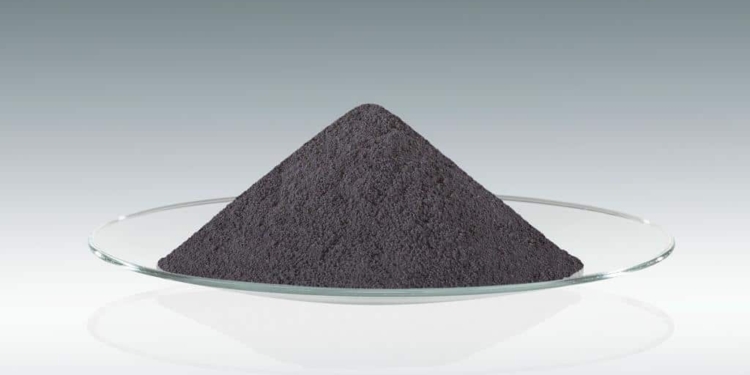source: lexology article
On 19 May 2017, the Official Journal published Regulation (EU) 2017/821 of the European Parliament and of the Council of 17 May 2017 laying down supply chain due diligence obligations for Union importers of tin, tantalum and tungsten, their ores, and gold originating from conflict-affected and high-risk areas. This Regulation establishes a Union system for supply chain due diligence (‘Union system’) in order to curtail opportunities for armed groups and security forces to trade in tin, tantalum and tungsten, their ores, and gold. The Regulation is designed to provide transparency and certainty as regards the supply practices of Union importers, and of smelters and refiners sourcing from conflict-affected and high-risk areas.
The Regulation linked here lays down the supply chain due diligence obligations of Union importers of minerals or metals containing or consisting of tin, tantalum, tungsten or gold, as set out in Annex I to the Regulation. However the Regulation shall not apply to Union importers of minerals or metals where their annual import volume of each of the minerals or metals concerned is below the volume thresholds set out in Annex I. The volume thresholds are set at a level that ensures that the vast majority, but no less than 95 %, of the total volumes imported into the Union of each mineral and metal under the Combined Nomenclature code is subject to the obligations of Union importers set out in this Regulation.
With the exception of Article 7(4), the Regulation shall not apply to recycled metals, nor to stocks where a Union importer demonstrates that those stocks were created in the current form on a verifiable date prior to 1 February 2013
The Regulation requires the Commission to adopt a delegated act, in accordance with Articles 18 and 19, if feasible by 1 April 2020 but no later than 1 July 2020, to amend Annex I by establishing the volume thresholds for tantalum or niobium ores and concentrates, gold ores and concentrates, tin oxides and hydroxides, tantalates and carbides of tantalum, and to amend the existing thresholds every three years after 1 January 2021.
Click here for Statements by the Council and by the Commission relating to Regulation (EU) 2017/821 of the European Parliament and of the Council of 17 May 2017 laying down supply chain due diligence obligations for Union importers of tin, tantalum and tungsten, their ores, and gold originating from conflict-affected and high-risk areas.
































